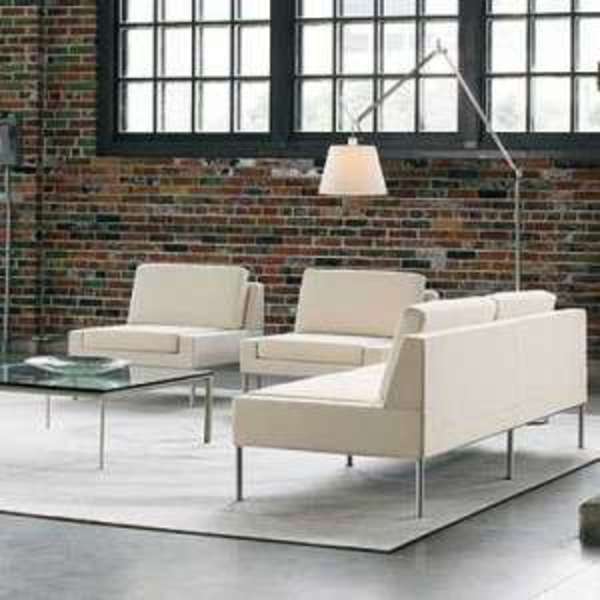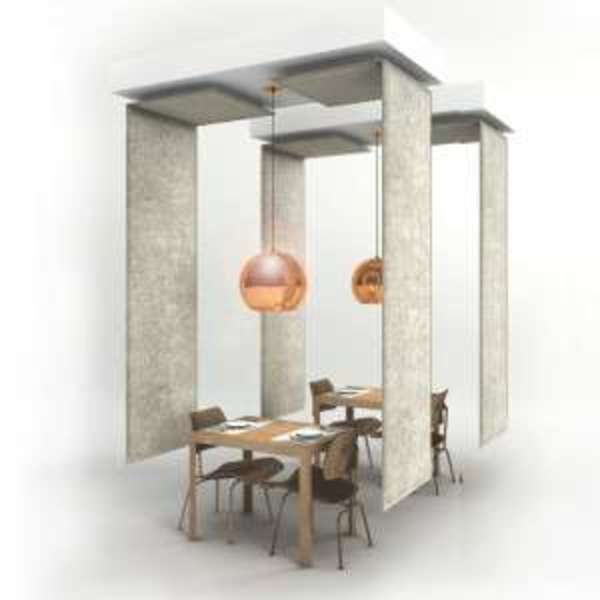Office Updates: Warm Winter Office Lighting


Here are a few easy winter office lighting do’s and don’ts to help you combat seasonality, warm up your office and optimize employee performance.
Do choose warmer bulbs and colors that feel more like home. Allow your employees to bring in their own desk lamps from home if they’d like. Lighting that improves comfort and visibility will always lead to better task performance,

Do offer more employee control over their own lighting conditions. One study found by offering personal dimming control either at employee desks or in common areas, worker satisfaction rates, motivation, and productivity went through the roof. It makes sense – the more you allow your employees to feel at home in the office, the more comfortable and productive they’ll be. As an added benefit, adding dim control to the light fixtures in your office could also help lower your energy bill.
The Don'ts

Don’t forget about glares on computer screens. If you make the most of natural light or artificial light, too much brightness has negative effects. This often results in headaches, and some employees won’t be able to work at all under these conditions. Don’t place lights directly above employees’ desks. In addition to casting unflattering shadows on the workspace, direct lighting is proven to be distracting. Workers in these conditions report a higher frequency of headaches, including absentee-inducing migraines, and a lower level of productivity. Don’t go with drab fluorescent lights hanging from the ceiling. If your employees are already feeling cabin fever during the dark winter months, overhead green-glowing, flickering fluorescent lights hanging above them won’t make the office feel any less like a prison.
Don’t block out natural light. During the winter months it’s important to fill your office with as much natural light possible. Many of your employees may only see daylight out of an office window during the week this season. They’ll start leaving the house before the sun comes up and won’t get home again until long after sunset. Studies show dim lighting and too much artificial office lighting result in drowsiness and lack of focus. This can affect employee motivation and output. Be sure to brighten up both work areas and common areas by giving them as much access to natural possible. The office will just seem like a much more pleasant place to work.
It certainly pays to make your office easier on the eyes: In addition to creating a better place to work for you and your employees, one study by Cornell University estimated good lighting could improve employee productivity and output by as much as 3-5%, and these types of gains generated as much as $400,000 additional revenue per year for some businesses as a direct result of upgrading their office lighting.



